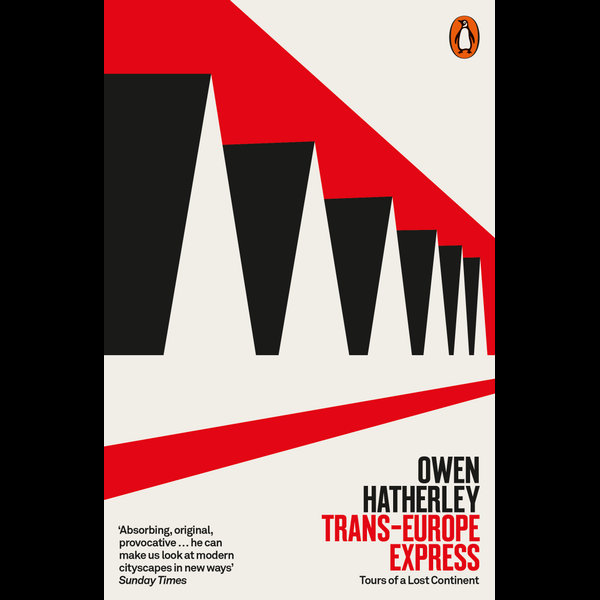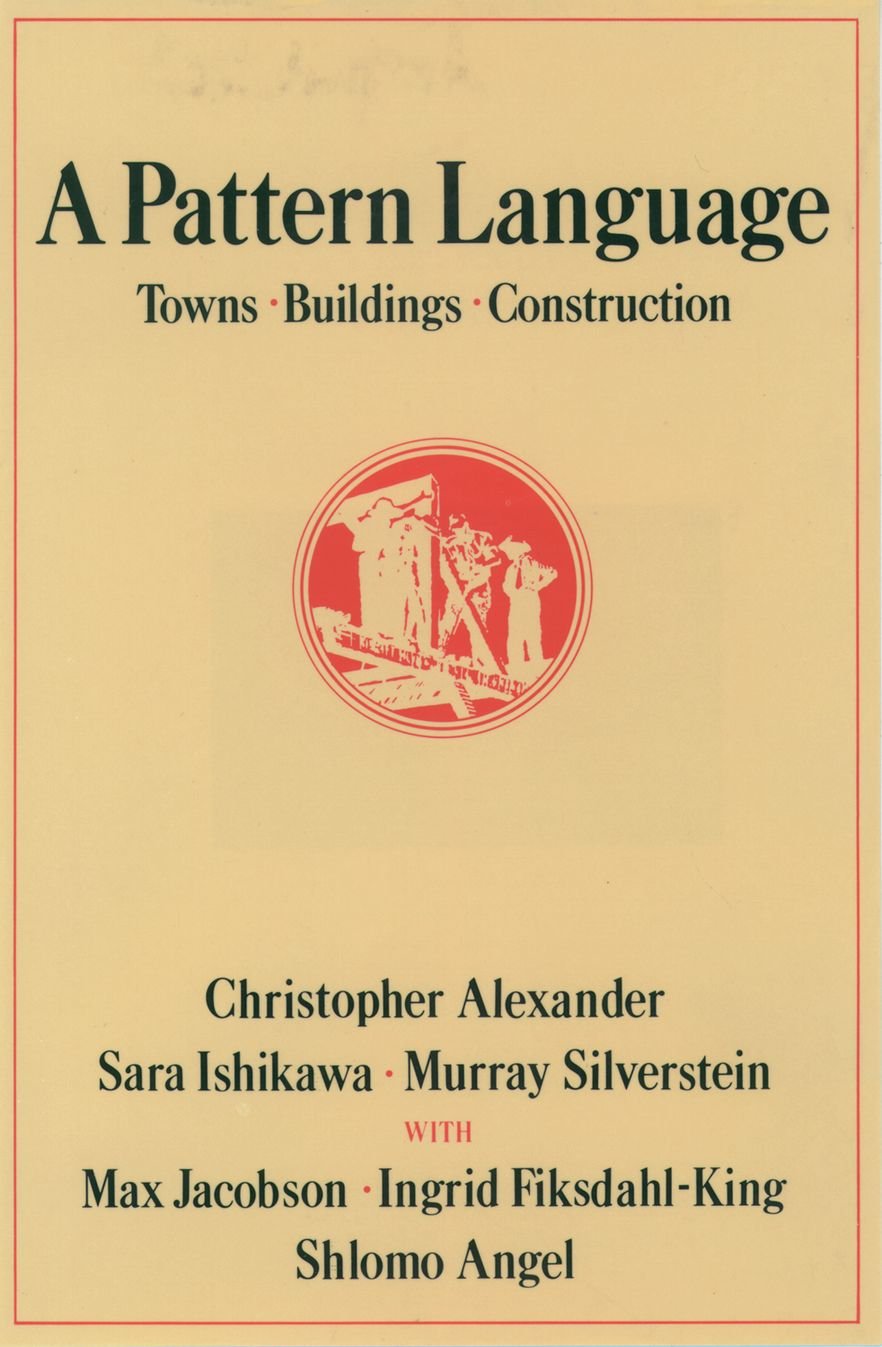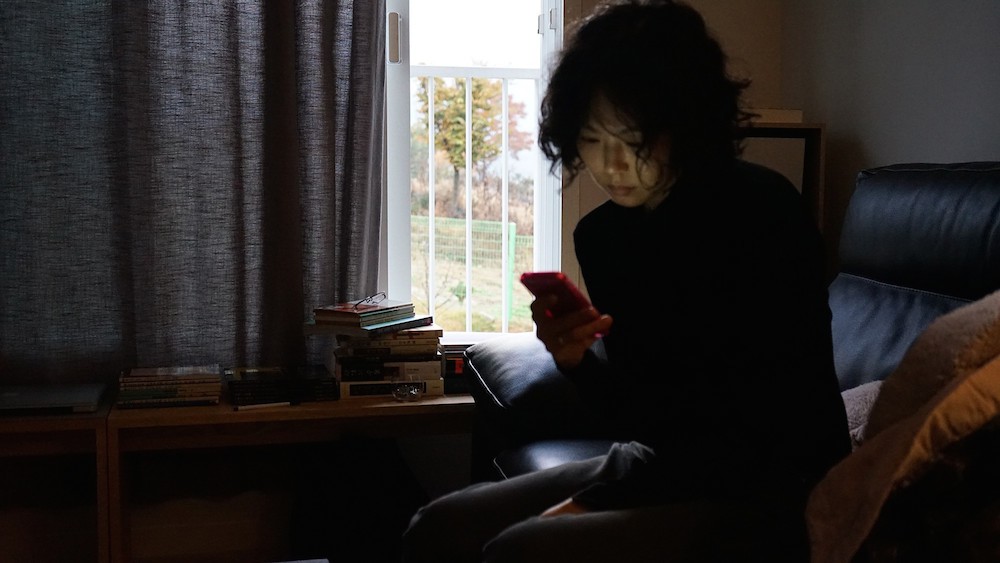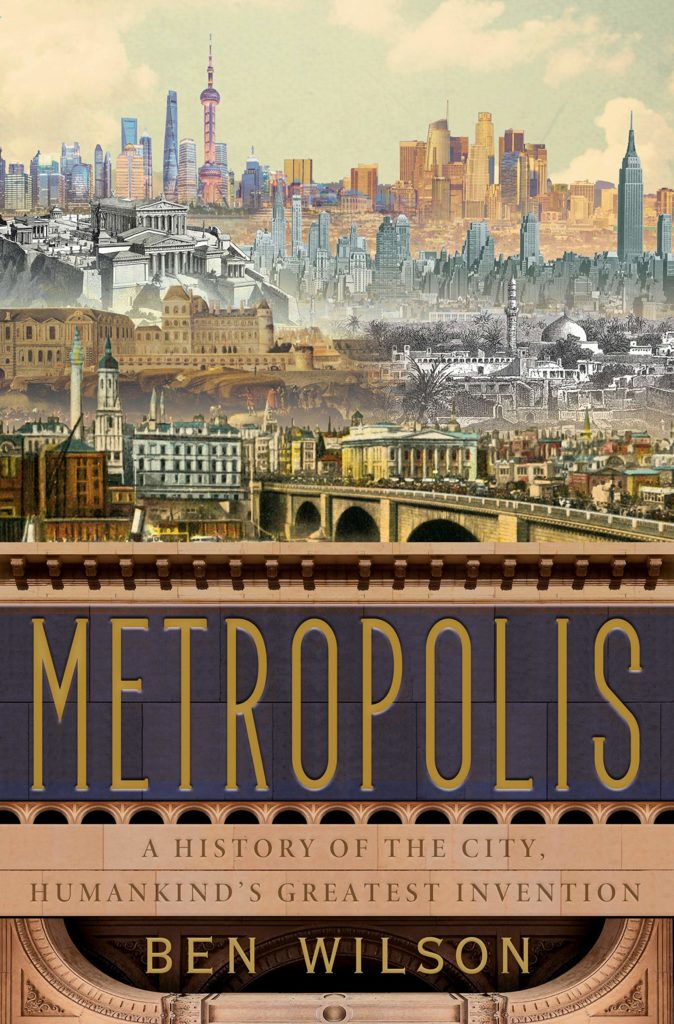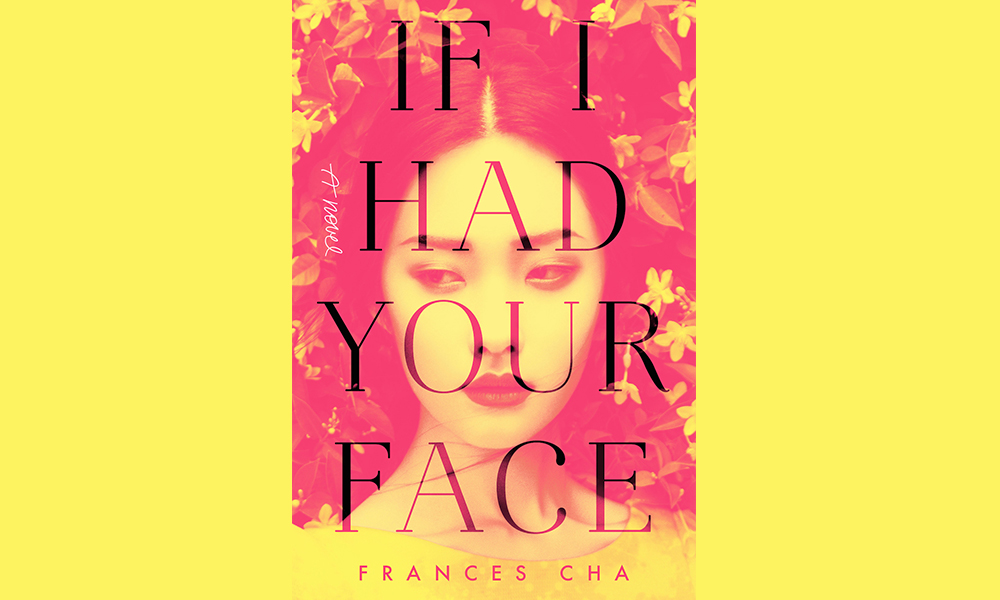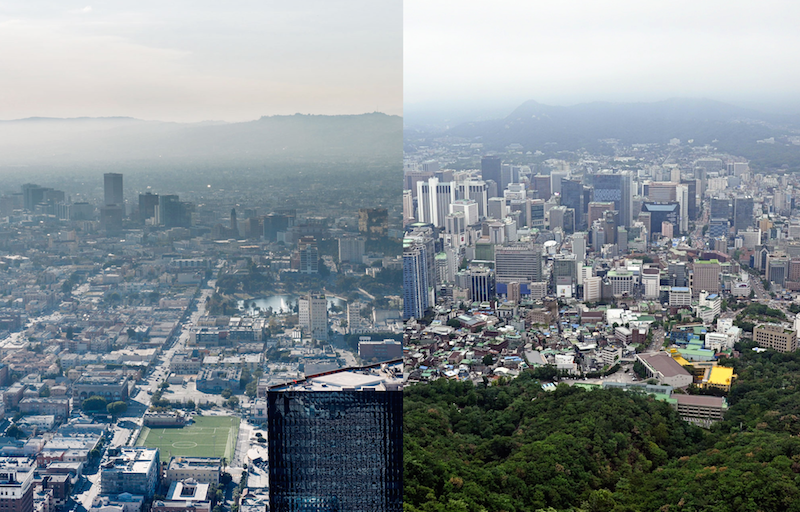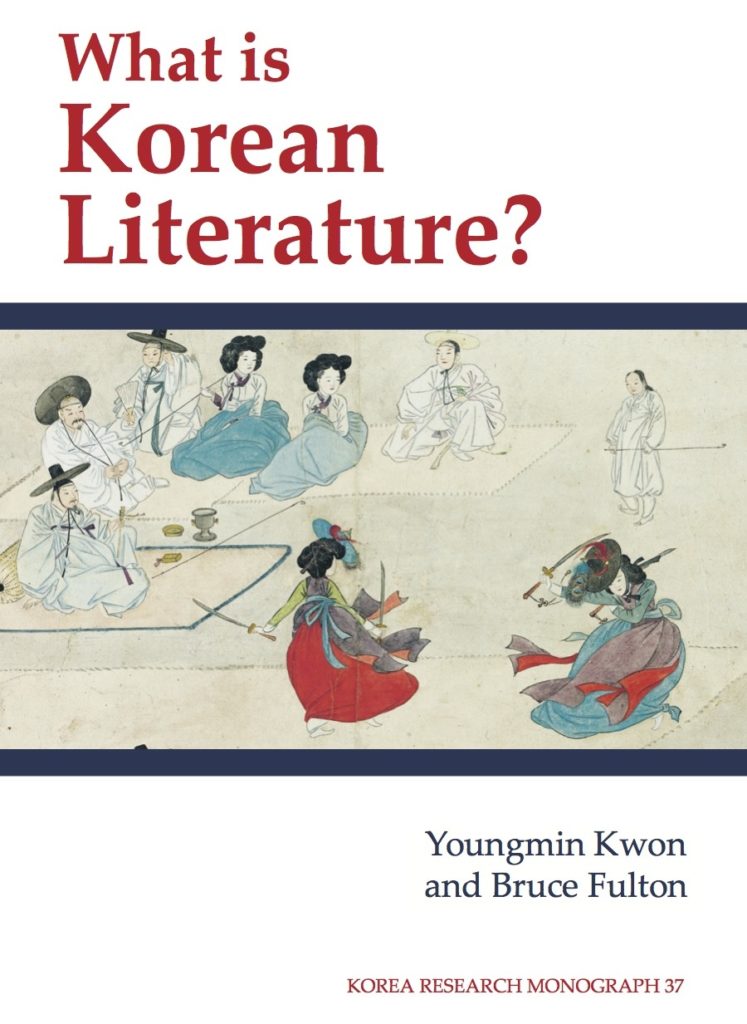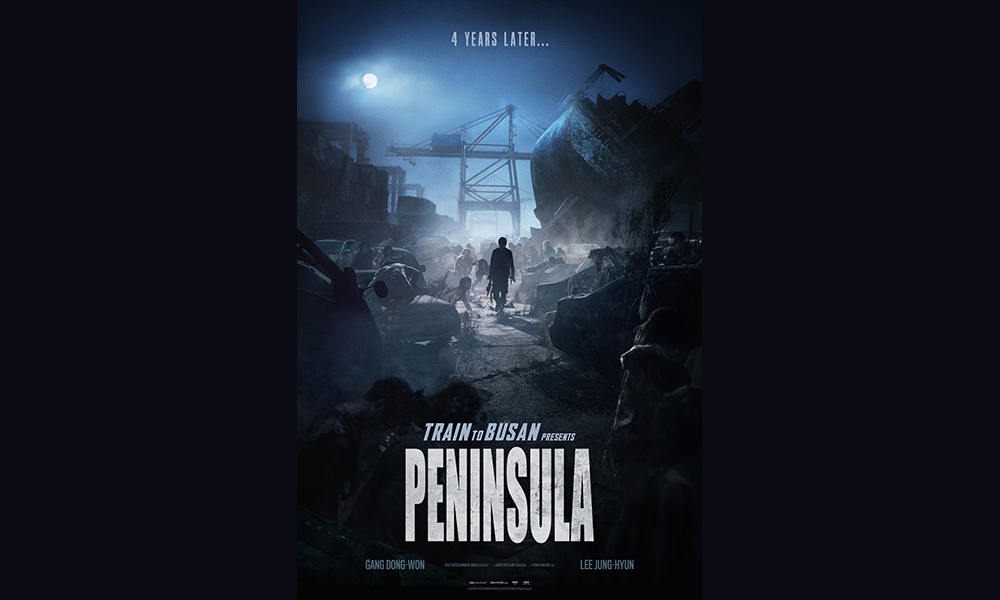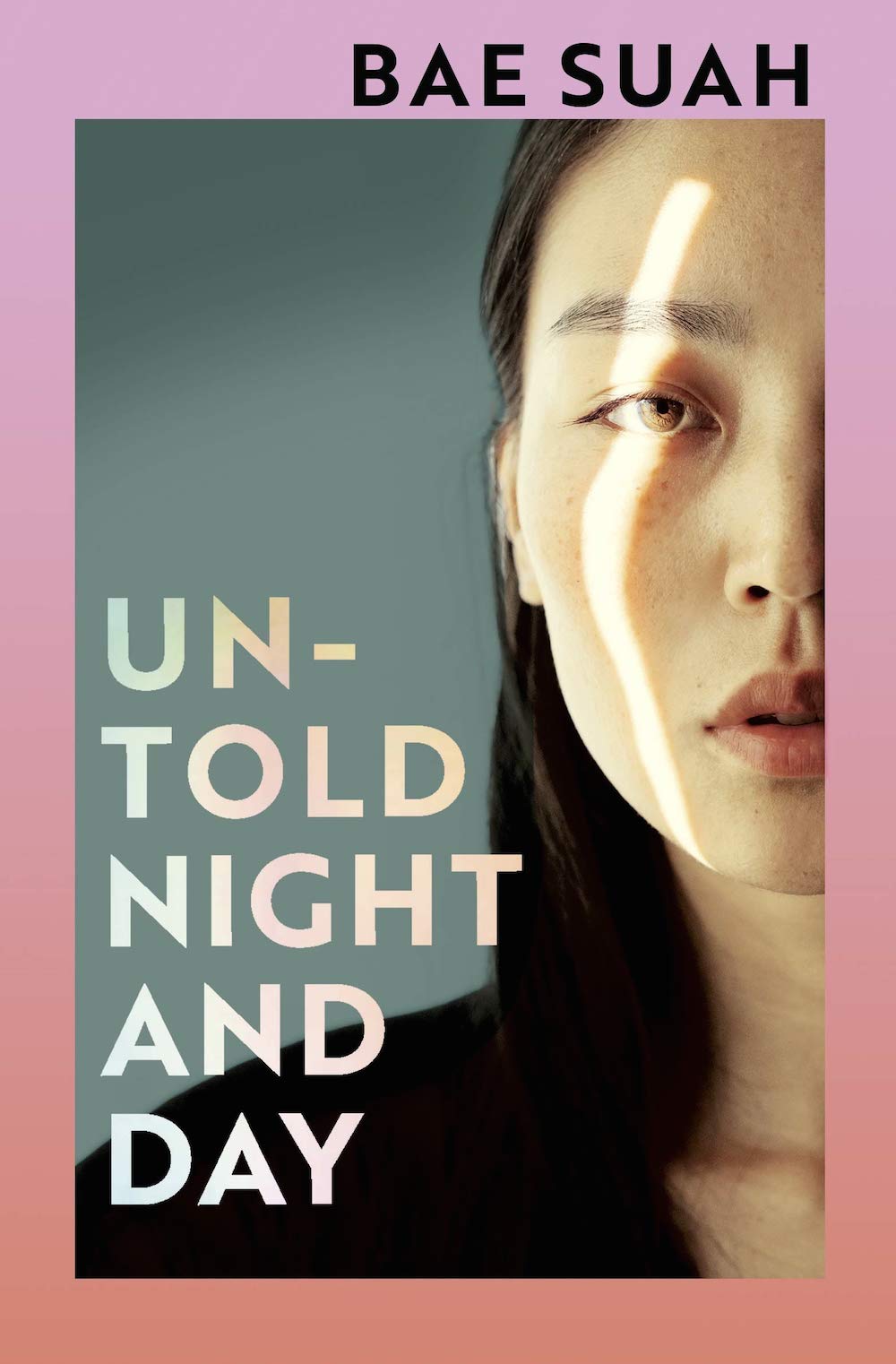
Bae Suah has a dedicated readership in her native South Korea, owing to the unconventional nature of her fiction as well as her passage into literary fame. Over the past half-decade her work has begun to appear in English translation, and in that form it has met with bad reviews: not negative reviews but badly written ones, hazily abstract in their description and incontinent in their praise. “The amorphous logic of memory or dream, where things are both familiar and strange, connects physical and intangible worlds,” insists the Guardian‘s first consideration (under the Observer banner) of Bae’s Untold Night and Day (알려지지 않은 밤과 하루). Its secondlauds the book as “a hallucinatory novel propelled by the logic of dreams: the story resists conventional categorization and coherence in favor of instability, a shamanistic borderland of feverish disintegration between the physical and the spiritual.”
To critics in the English-language press, directly conveying the qualities of Bae’s writing has proven a challenge. Some of them have done better with the indirect method, name-checking such Western literary figures as W.G. Sebald, Peter Handke, Fernando Pessoa, and Clarice Lispector. All four are referenced in reviews by way of not just aesthetic comparison but professional introduction, since as a translator Bae has brought works by all four into the Korean language. Her ability to translate Sebald and Handke (as well as Robert Walser, Jenny Erpenbeck, and Franz Kafka) owes to years spent in Germany, a country in which she’s made annual sojourns since the early 2000s. Pessoa and Lispector she handles at a further remove, working from German translations: not an ideal arrangement, but a necessary one absent Korean Portuguese translators invested in Pessoa and Lispector’s remote niches of literature.
The first edition of Lispector in Korean, a collection of short stories translated by Bae, was published just last year. This says something about the foreign fiction favored, or more to the point disfavored, in South Korea, and that Bae was the translator to finally take the project on says something about the kind of writer she is. Bae is known, as Lispector is remembered, as a woman encumbered by few of her country’s social or artistic conventions, and her prose style, like Lispector’s, is described by both her appreciators and detractors as sounding persistently alien even in the original. In Lispector’s writing this quality admits of a degree of biographical explanation: as an immigrant to Brazil from modern-day Ukraine, albeit one who relocated with her family in early childhood, she could have retained characteristics that marked her as an outsider in Brazilian society, literary and otherwise.
Read the whole thing at the Los Angeles Review of Books.
